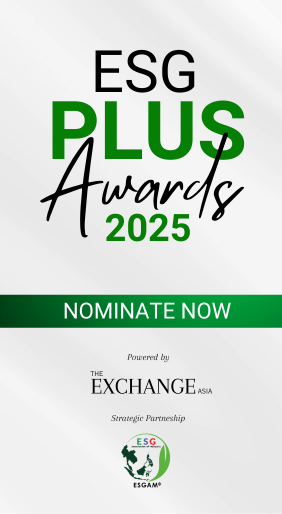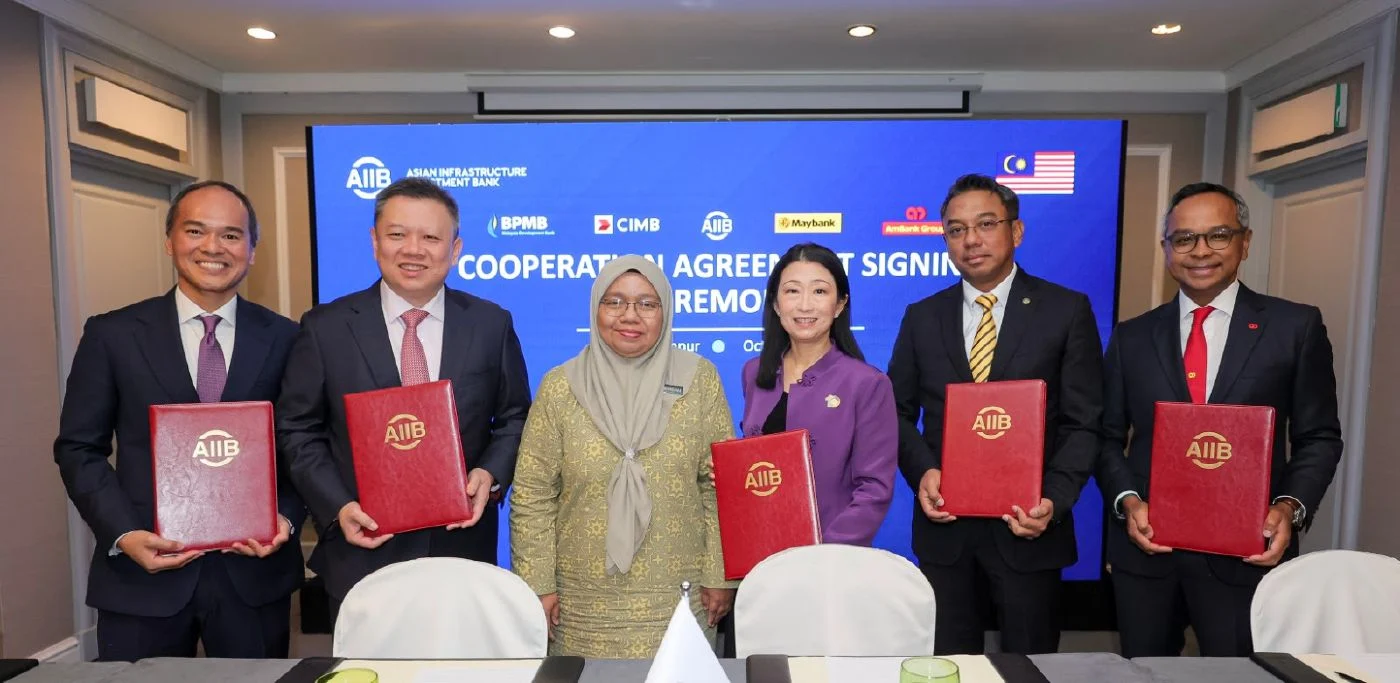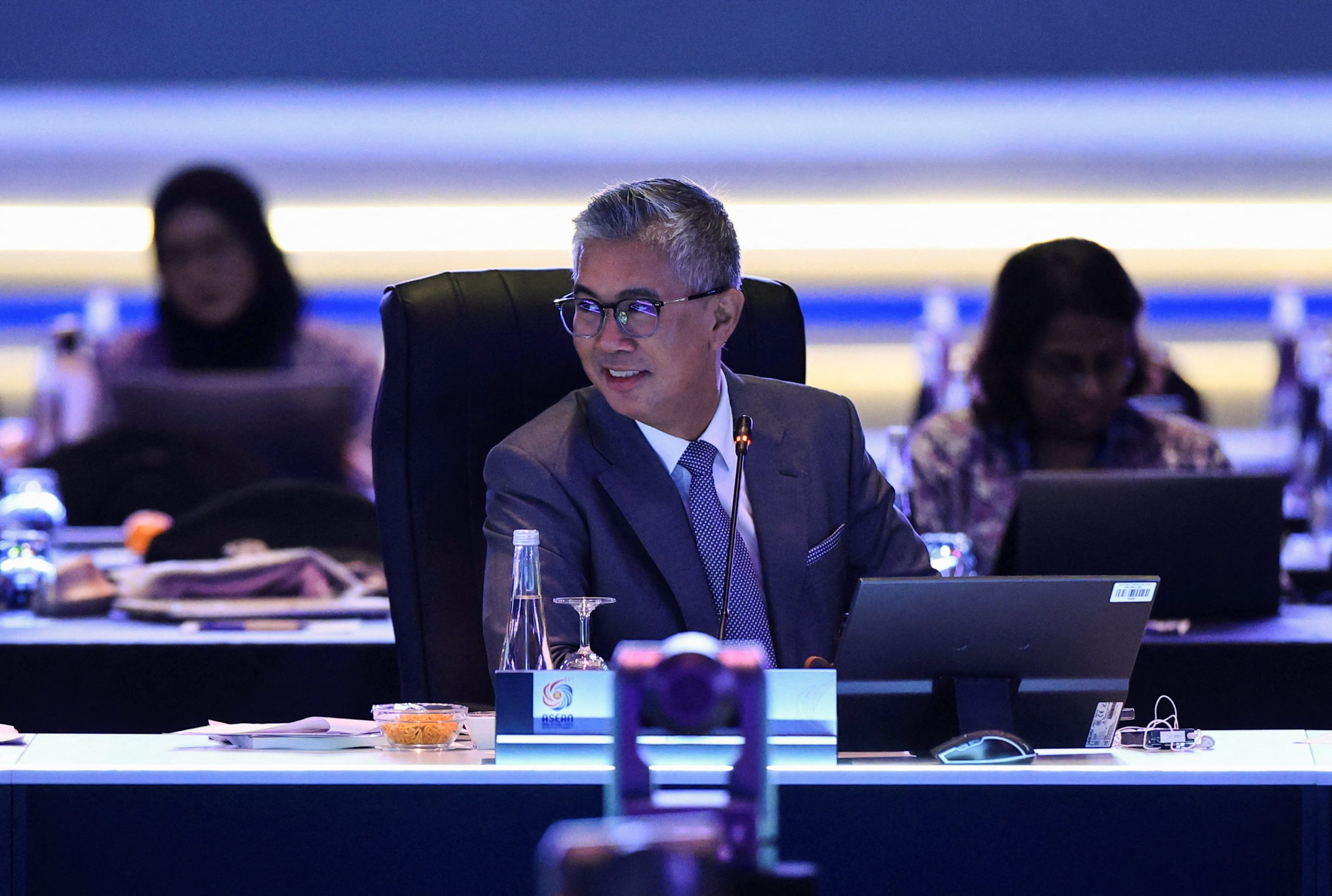By Vitaly Berezka, Regional Spokesperson, APAC, PlanRadar
In the face of an increasingly complex regulatory landscape, compliance in the construction industry is becoming more critical than ever. Malayan Banking Bhd’s January 20 report predicts a 9.4% growth in the sector, with the government supporting this positive outlook with initiatives like the Penang light rail transit, flood mitigation projects, and efforts to meet the growing demand for affordable housing and commercial space, driven by changing demographics. The Malaysian government’s focus on public-private partnerships (PPPs) and large-scale infrastructure projects also highlights its goal of improving connectivity and creating new employment. Malaysia’s construction sector spending is projected to hit RM200 billion in 2025, according to the Deputy Minister of Works. This includes RM32 billion in projects planned by government-linked companies and investment firms, with the private sector also expected to contribute RM80 billion to the total spending.

Governments and regulatory bodies across ASEAN are placing greater emphasis on digital documentation and transparent reporting to ensure that construction projects adhere to safety, environmental, and regulatory standards. From August 2024, a mandate from the National Development Action Council and the Construction Industry Development Board (CIDB) Malaysia has mandated the use of Building Information Modelling (BIM) for all significant construction projects valued at RM10 million and above, signalling a major shift towards digital methodologies in construction. A report from the ASEAN Smart Cities Network (ASCN) revealed that over 30% of construction firms in the region have already implemented digital documentation solutions, reflecting the ongoing shift towards tech-driven compliance.
These changes are a clear indication that construction firms must stay ahead of compliance by embracing digital tools, not just for regulatory reasons, but for the sustainability and long-term viability of their projects.
The increasing role of technology in achieving compliance
Technology is at the heart of achieving compliance in the construction sector. Automated regulatory processes, such as using digital documentation platforms, can simplify reporting and ensure projects meet legal requirements. Tools like PlanRadar’s Siteview, a 360-degree reality capture tool, allow for comprehensive visual documentation, ensuring transparency and ease in verifying compliance during inspections. Recent developments in the integration of Building Information Modelling (BIM) and digital twinning technologies enables real-time monitoring and management of construction projects. These tools help to identify potential compliance issues early, allowing firms to take corrective action before problems escalate.
IoT sensors and AI-driven analytics also play a crucial role in data management. These technologies provide insights that predict potential risks, such as safety hazards or schedule delays, ensuring that construction firms stay ahead of any violations.
Smarter, safer sites: Technology as a cornerstone of construction compliance
Safety is a fundamental aspect of compliance in the construction industry, and technology plays a significant role in enhancing site safety. IoT sensors and wearable devices can track workers’ health in real time, identifying hazardous conditions or areas prone to accidents. AI-powered tools can analyse patterns from historical data to predict accident-prone zones, enabling proactive intervention. Virtual and augmented reality (AR/VR) technologies are also transforming safety training by offering immersive learning experiences for workers, increasing awareness, and improving the implementation of safety protocols.
Achieving greater sustainability through tech
As sustainability becomes a priority in construction, green technologies are helping firms meet regulatory requirements related to emissions and energy efficiency. Technologies such as 3D printing minimize waste by creating more accurate and sustainable structures, while modular construction techniques promote the use of pre-manufactured components, reducing waste and improving energy efficiency.
Malaysia is home to several prominent green building certification systems, including the Green Building Index (GBI), CREAM’s SustainBuild Mark Certification, IFC’s Excellence in Design for Greater Efficiencies (EDGE) Green Building Certification, and Leadership in Energy and Environmental Design (LEED). As digital-driven construction becomes increasingly more prevalent in a rapidly technologically-innovating ASEAN landscape, these technologies align with government goals to reduce carbon footprints and achieve more sustainable urban development, making them critical tools for compliance in the future.
Project cost efficiency through proactive compliance
Recent reports and studies have investigated the historical barriers to the adoption of blockchain technology in sustainable construction projects – as digitisation is expected to expand wider adoption in the ASEAN region, it is expected for more companies and organisations to embrace the technology.
In addition to the obvious regulatory benefits, the proactive use of technology in construction can also improve cost efficiency. By alerting firms to potential risks early, technology helps prevent costly compliance failures. Blockchain-based systems, for example, ensure the traceability of project data, enabling real-time audits and simplifying compliance checks. Smart contracts can automatically trigger compliance verifications at various stages of a project, ensuring greater accountability and transparency.
Securing the future of construction: A call to action for compliance and safety tech adoption
As the construction industry evolves, embracing digital tools is no longer optional; it is essential. Stakeholders must leverage these technologies not only to meet compliance standards but to foster innovation and ensure the success of their projects. By integrating technologies such as IoT, AI, BIM, and blockchain, construction firms can build a more compliant, efficient, and sustainable future. The path forward requires a proactive approach to compliance, driven by smart technology solutions that enhance safety, sustainability, and financial performance.






